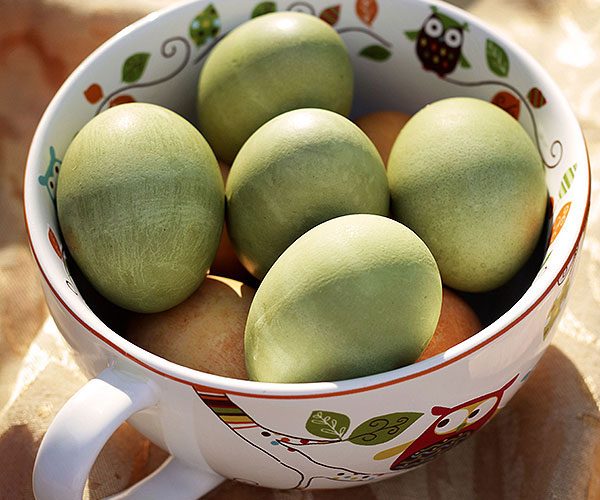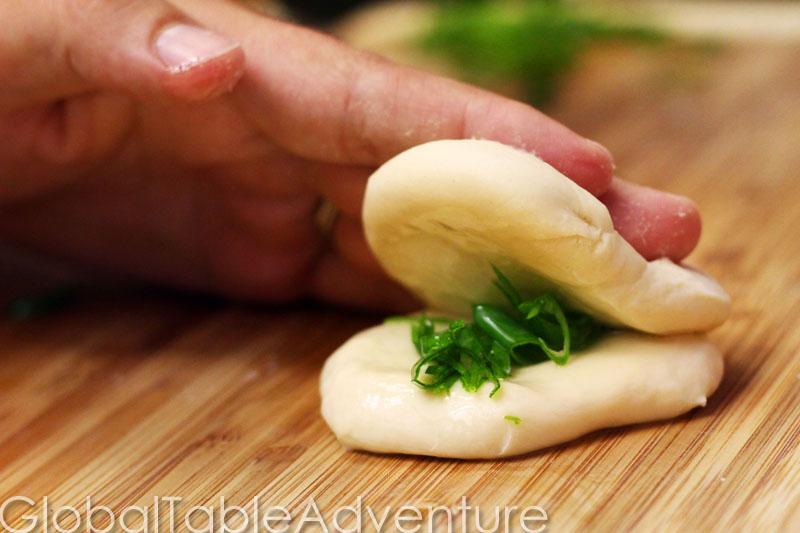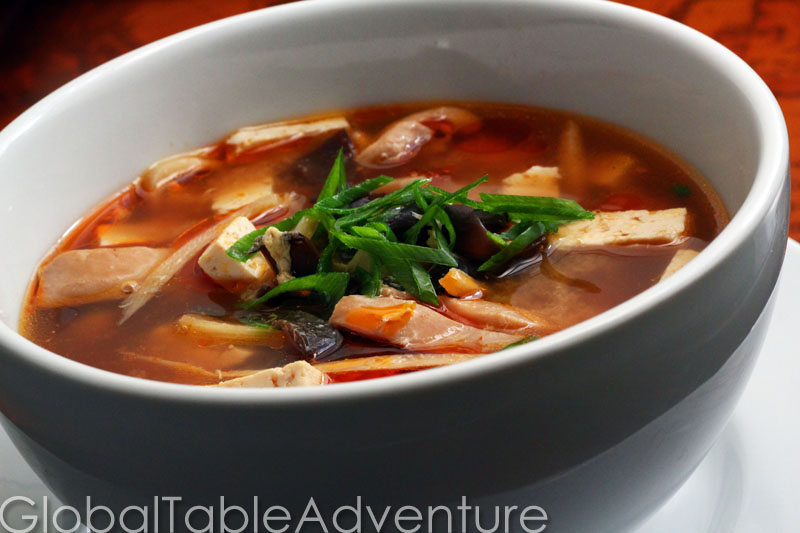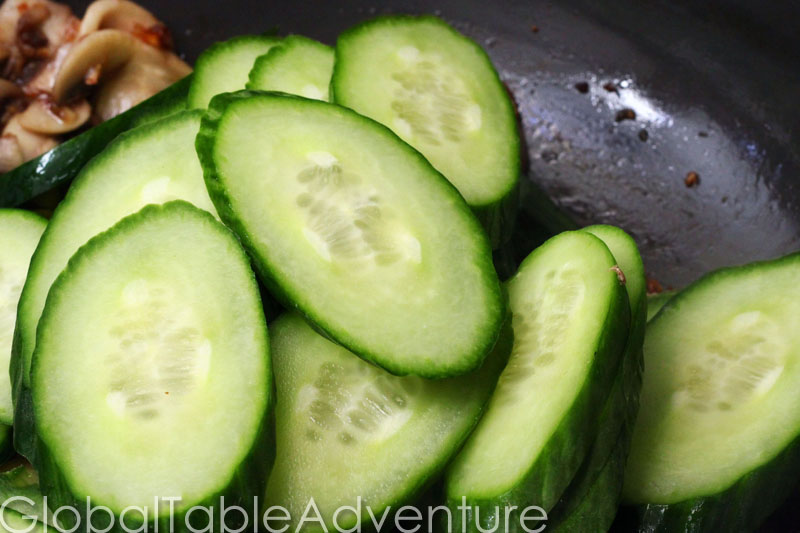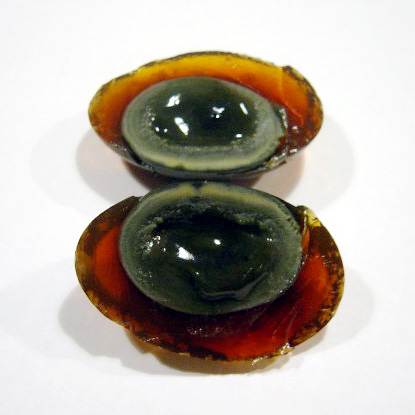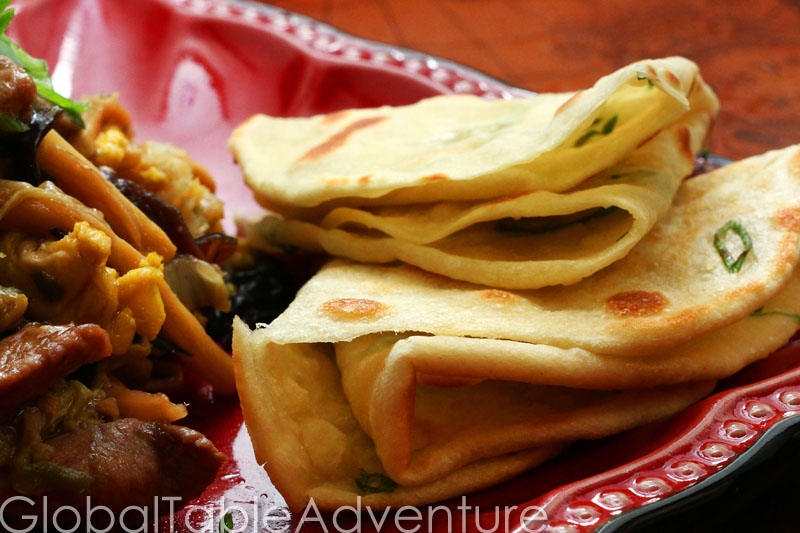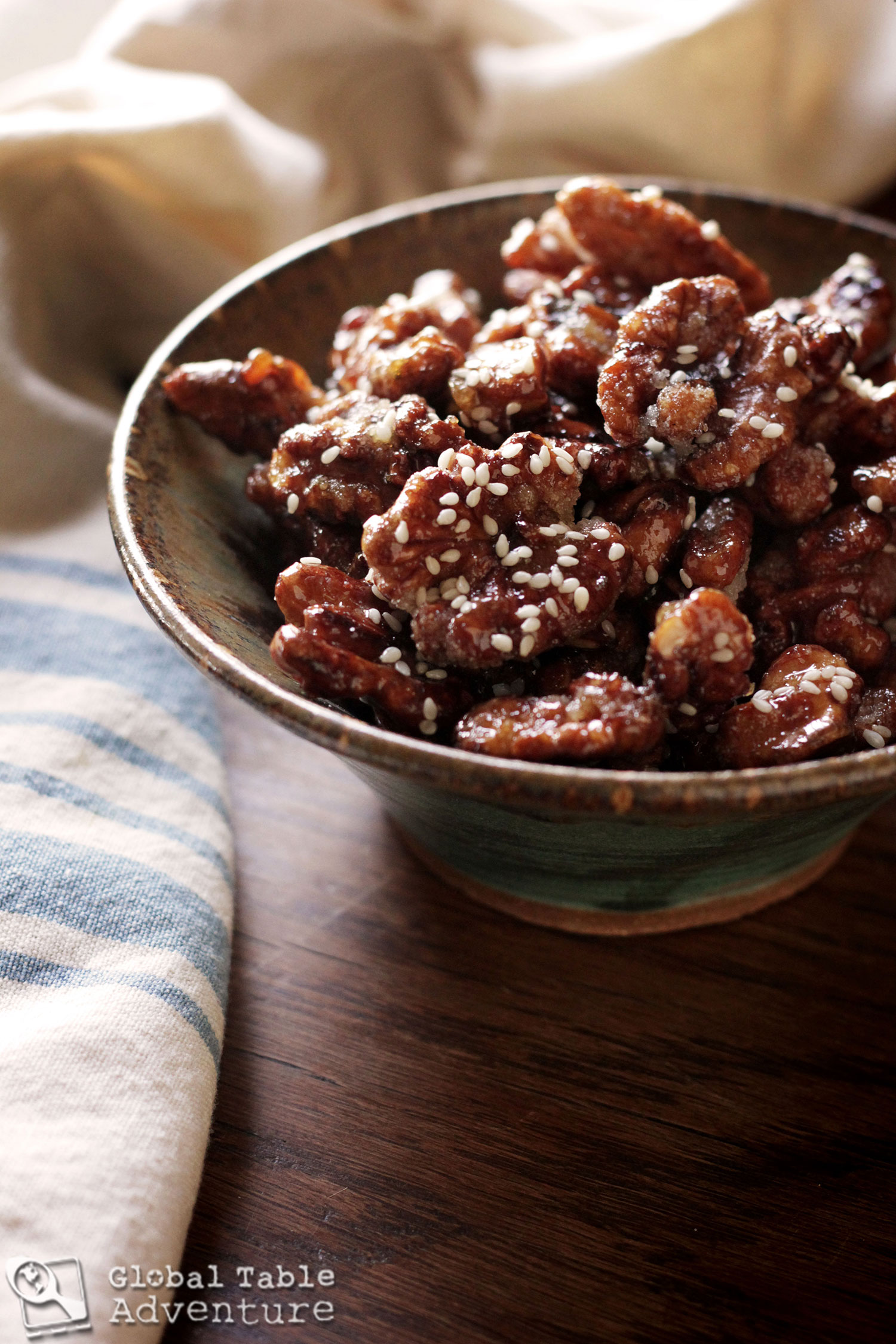
In the spirit of DIY deliciousness, why not start off the Chinese New Year with something sweet and savory? Peking Walnuts are an impressive affair – the glossy walnuts appear lacquered, but it’s really just a simple sugar coating that’s been dunked in a vat of hot vegetable oil. While the walnuts cook, the sugar caramelizes onto the crust and takes on a reddish hue – just like Peking Duck. The red color makes Peking Walnuts lucky. What’s the story with the color red and Chinese New Year? Legend has it that a Chinese beast called Nian lives under the sea and mountains. He is afraid of the color red. Chinese families use lots of red during the New Year to scare him away.Today, red signifies both luck and joy in Chinese culture. How to make Peking Walnuts (and impress all your friends): Grab a bunch of walnuts. Boil them until their skins fall off. Dry well. Toss with sugar and let dry for a couple of hours in a sunny spot (or overnight). Meanwhile, go watch some fireworks! When you return, deep …
Read More
An Easter Tradition Easter Eggs are a thing in our house. We dye them. We decorate them. We gobble them up in two’s (it’s funny how a purple or green shell can make an ordinary egg taste eggstraordinary). When I was little Mom hid these boiled treats in the yard and, after we found them we ate them, still-warm from the sun. Today plastic eggs have taken over – probably because of one too many tummy aches after an overly hot Easter. But the kids don’t seem to notice; they scramble to collect these plastic shells, cracking them open to reveal stickers, coins, and candy. Each year the plastic eggs become more elaborate. Now they aren’t simply eggs, they’re monkeys or giraffes, baseballs or footballs. It’s fun, yes, but also starting to feel a bit… gimmicky. In the spirit of getting back to basics – to those real Easter Eggs of my childhood, I considered safe ways I could “hide” eggs for my daughter to find. Since it was 84F last week I knew the back yard …
Read More
You might not believe me when I say this, but I love mean chefs. The chef reputed to be one of the “meanest” at the Culinary Institute of America was my Cuisines of Asia chef. I was terrified at the thought of taking his class. After all, I was not an experienced sous chef, like many of the students. In fact, prior to the CIA, I was mostly just a book nerd who loved food history and experimenting in the kitchen. However, in the three weeks I was in his class, I quickly learned that what students called “mean” was really just an unwaivering demand for excellence. He lost his temper when students were lazy, sloppy, and disinterested. However, he was the most kind, generous chef to those who cared about their studies. He went out of his way to demonstrate techniques to me because he could tell I really wanted to learn – despite my lack of experience. If that’s what it is to be mean, I’ll take it! What can I say. I’m …
Read More
Serves 4 Hot and sour soup is great to chase away the sniffles. Perfect soup for a chilly fall evening. Ingredients: 1 cup rehydrated, sliced wood ear mushrooms 1 quart chicken stock 1 tsp minced ginger 1 hot chili pepper (sliced if you want heat, leave whole for mild heat) 3/4 lb boneless, skinless chicken thighs, thinly sliced 1/2 cup sliced bamboo shoots 1/8-1/4 cup soy sauce splash shao hsing wine 1/8 cup rice vinegar 14 oz. extra firm, sliced tofu 1 egg healthy pinch crushed sichuan peppercorns up to 3/4 Tbps chili favored sesame oil 1/4 tsp cayenne 2 tsp cornstarch mixed with 1 tsp water Method: This is what wood ear mushroom looks like … if you are using dried, soak in hot water for thirty minutes before slicing. Add chicken stock to a large pot. Then begin adding the ingredients, one on top of the other. First my favorite, minced ginger. Then, the hot pepper. I wish I had cut it up to make things spicier The chicken slices … you could …
Read More
Serves 4-6 as a condiment This side dish from north china is crispy, spicy and tart. A great condiment for heavy meat dishes. Ingredients: 1 Asian or English cucumber, sliced on a bias 2 tablespoons sesame oil 1 1/2 tsp ginger, minced 1 1/2 tsp garlic, minced 1 chili pepper, crushed 3 mushrooms, sliced 2 Tbsp rice vinegar 2 Tbsp water 2 tsp brown sugar Method: Heat sesame oil over medium heat. The smell is wonderful and nutty. Add garlic… And ginger.. As soon as it starts to smell like heaven … Add mushrooms and chili pepper Cook until mushrooms are soft. Then add vinegar and sugar. Don’t forget a splash of water, especially if the pan looks to be drying out. Finally, add the cucumbers and cover. Cook until tender. Here’s the final dish! Chill it completely before eating. Except for that little piece you sneak while cooking. You know, to decide if it has enough flavor. Speaking of which, feel free to play around by adding more or less vinegar and sugar. Hot …
Read More
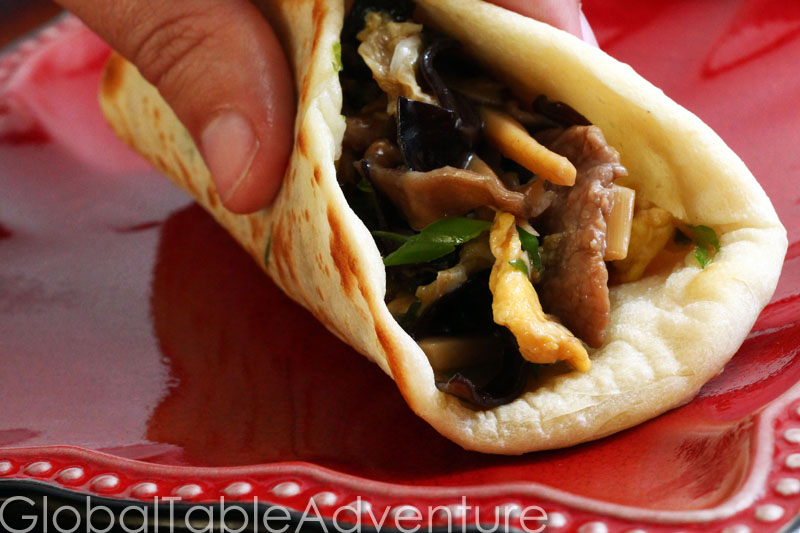
Serves 2-4 However you spell it, Moo Shu (mu sh00, mu shu, etc) Pork is great Chinese food. Simple and quick, you’ll make this recipe over and over again. Note: If you don’t have the Shaohsing rice wine, dry sherry may be substituted. Ingredients: 3/4 lb pork shoulder, sliced thinly across the grain For the marinade: 3 Tbsp Shaohsing rice wine 1/8 cup cornstarch 1 Tbsp soy sauce 1 Tbsp oyster sauce For the sauce: 1 Tbsp Shaohsing rice wine 2 Tbsp oyster sauce 3 Tbsp soy sauce 2 Tbsp sugar For the stir-fry 1 tsp minced ginger 3 cloves garlic, minced 3 green onions, thinly sliced (plus one more for garnish) 1 pint shittake mushrooms, stems removed and sliced thinly 1 pint sliced chinese cabbage 1 1/2 cups sliced wood ear mushrooms 1 cup bamboo shoot strips 3 eggs scrambled Method: In a medium bowl, combine pork, cornstarch, shaohsing wine, soy sauce and oyster sauce. Toss to combine and let marinate about thirty minutes. Meanwhile, scramble two eggs and set aside. Assemble sauce ingredients. …
Read More
This first video is just a thirdy second Travel Channel promo but I couldn’t believe the beautiful shots of Northeast China – I had no idea this area was so extremely COLD and architecturally stunning. It certainly makes me appreciate our 70 degree weather here in Tulsa, Oklahoma! http://www.youtube.com/watch?v=2Y_SqitVDjc Bourdain eats roast duck in China: Bourdain eats Dim Sum in Hong Kong:
Read More
My new favorite proverb comes from China: “Never hit a dog with a meat-bun.” The saying indicates that punishment with a reward is doomed for failure, and that one must be careful when choosing how to solve problems. A traditional Chinese place setting includes the following items: bowl plate chopsticks spoon warm, damp towels (instead of napkins) Chinese aphrodisiac foods (the kind that make your heart go pitter-patter) include: shark fin swallow nest tiger bones hundred-year-old eggs What are hundred-year-old eggs? Why duck eggs that have been preserved about three months: […the eggs] are enclosed in a coating made of lime, mud, saltpetre, fragrant herbs and rice straw […] They can be eaten after the third month, but their smell grows stronger with age. When they are broken out of their covering, the eggs are black and shiny. Larousse Gastronomique I hope you have a most wonderful Friday!
Read More
Makes about 8 pancakes Chinese Pancakes are quick and easy to make… and wonderful for scooping up stir-fry. The key to obtaining the characteristic chewy texture is to use boiling water. Make sure you use a healthy dose of salt to flavor the dough. Serve with Moo Shu Pork. Ingredients: 1 1/2 cups flour 1/2 cup boiling water pinch salt 2 scallions, sliced thinly sesame oil, as needed Method: Add flour and salt to a food processor… Add boiling water … boiling water actually blanches the flour (cooks it briefly) and makes for a nice, chewy pancake. This is desirable because the texture will hold up better to moist stir-fry mixtures. Pulse until dough starts to come together. I used my hands to press the shaggy bits into a smooth ball. The dough is not sticky and should not cling to your hands much. Add more water or flour as needed to get the right texture. Let rest for about an hour. The dough will relax and become super easy to work with. Make small …
Read More
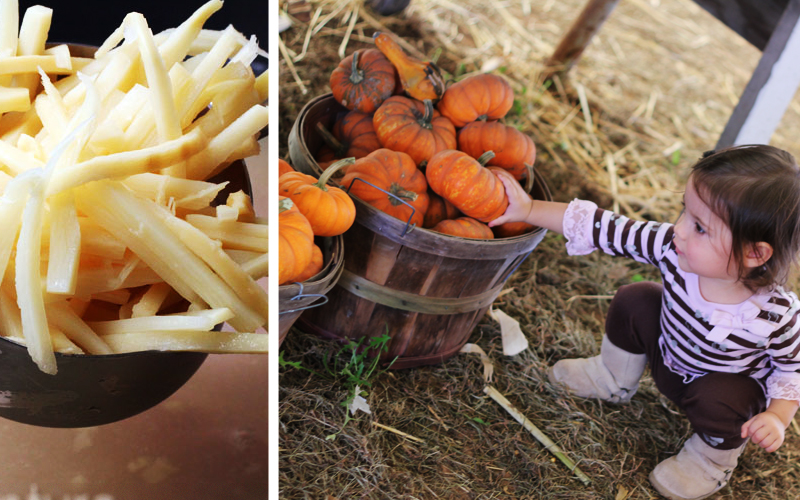
At a restaurant, once I find an item on the menu that I like, I almost never order anything different again. It’s terribly lazy and non Adventurous.,. but also comforting after a long, terrible, grumpy kind of day. While I’ve had my fair share of Chinese food, I broke out of my comfort zone this week and put together a menu of dishes I’ve never tried, although you will recognize the names. Have you ever had any of these dishes? Mu Shoo Pork [Recipe] From northern China, Mu Shoo Pork is a traditional stir-fry. Our version includes wood-ear mushrooms, chinese cabbage, bamboo shoots, and green onion. Mu Shoo Pork is commonly wrapped in Chinese Pancakes. Chinese Pancakes with Green Onion [Recipe] Chinese pancakes are made with dough, not batter. This recipe will show you how to cook two pancakes at once, separated by a bit of sesame oil and green onion. Sichwan Chinese Hot and Sour Soup [Recipe] Sichuan cuisine, from western China, is known for spicy, bold flavor. This soup, made with tofu, chicken, …
Read More
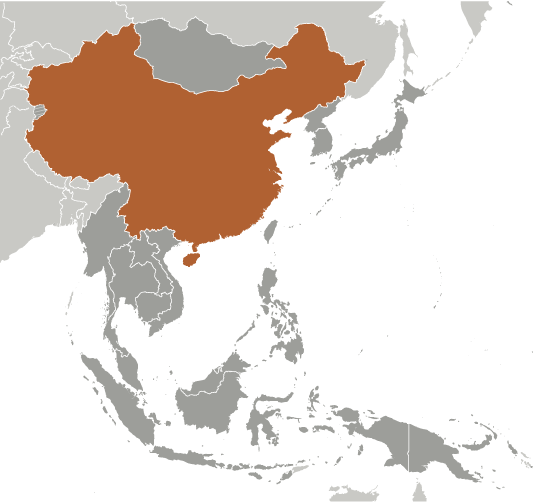
China is giant, offering up 24 classical regional cuisines within six time zones. To my highly untrained eye, the widest part of China looks to be about the width of North Africa. That’s some serious diversity. Overall, Chinese value the spiritual and physical beauty of food as much as the nutritive qualities. Harmony is important – many dishes are designed to balance salty, bitter, sweet, and sour elements, not to mention crunchy versus soft textures. Additionally, hours can be spent preparing trimmings – carving vegetables and fruit, for example. Typical seasonings and aromatics include ginger, bean paste, soy sauce, oyster sauce, green onion, sesame and peanut oil. The four most “talked about” cuisines are Peking (from north Beijing), Szechuan/Sichuan (from south central/western China), Cantonese (in the south), and Shanghai (to the east). Peking Peking, home of the Peking duck, is in northeast China where it is too cold to grow rice. As a result, wheat is the primary crop. The area is known for hearty meat dishes, braises, and barbecue. They also like roasts …
Read More


